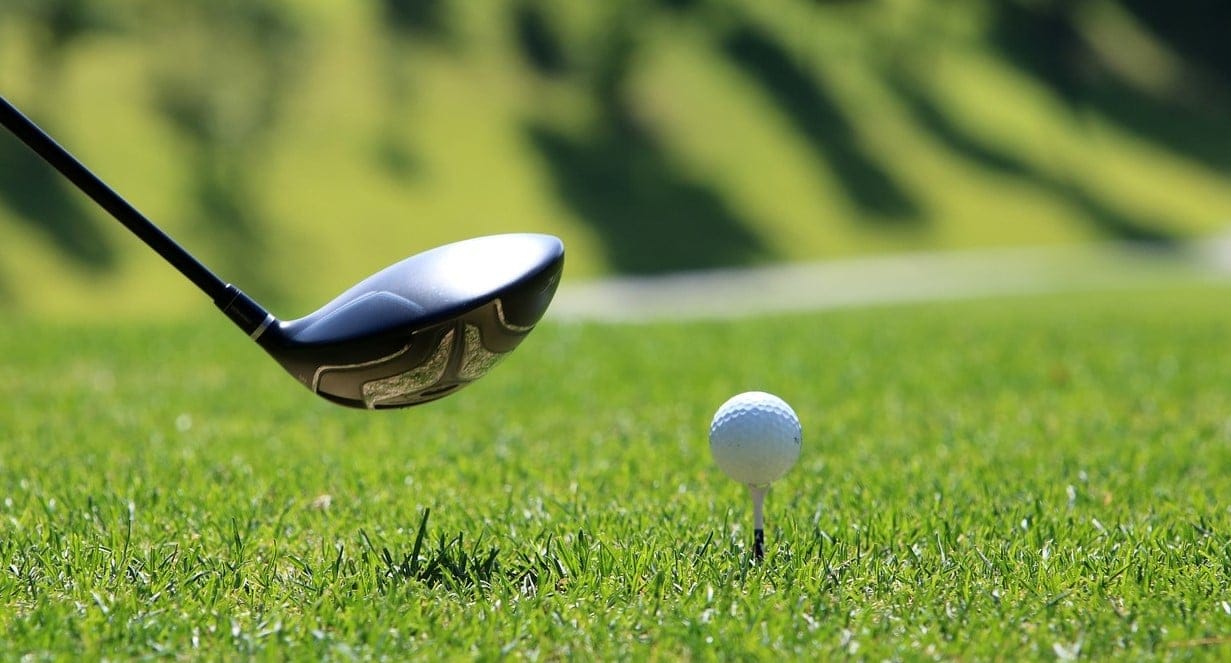Which is the next club in your bag?
Professional golfers consider the shaft as the engine or the driving force of the golf club.
The shaft is the instrument that helps you to pass on the energy from your hands to the golf ball. The shaft of a club provides the necessary flex to complement the golf swing.
The flex is such an important factor that shafts have their own flex rating to help the golfer select the best club for his game.
While early golf clubs were made of wood so as to not damage leather golf balls, the game has evolved to the point that golf balls are now made with sturdy solid rubber and thermoplastic material.
The trajectory of the ball plays a crucial role than the material of the ball itself. Doing away with the wood, the major two materials that are used to build clubs are graphite and steel.
We are accustomed to hearing that professional golfers use steel shafts, while newbies, women, senior players, and players with arthritis use graphite shafts.
Is this really true in an age where golf is ever-evolving? What peculiarities differentiate the two? How does a player determine which shaft suits him the best?
Durability – How much endurance is enough?
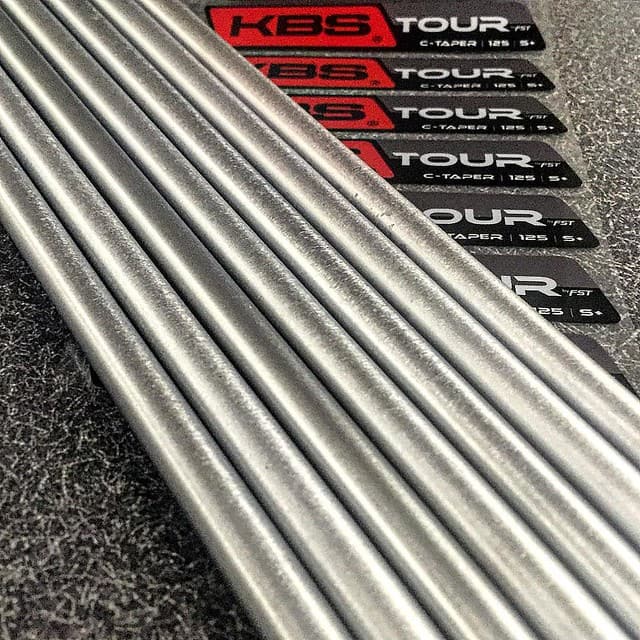
Golf is a sport in which durability of the club and flexibility of the shot are factors that really count. Not necessarily the swing and speed.
It is commonly said in the golf course, ‘A great golfer is a product of a faithful and a durable shaft.’
Whether steel or graphite, the durability of the shaft is primarily dependent on the way it is treated and maintained.
Steel Shafts
Steel is renowned for its durability and strength, often lasting for decades with proper use.
Golfers with steel shafts can attest to this fact. The contributing factor in keeping these steel shafts sturdy is the carbon steel alloy and the chrome plating.
Till the time they do not crack or bend, they can last for a number of years which gives them added advantage over all other materials used for manufacturing shafts.
However, maintenance is an important factor. Steel can get rusted if not given the right environment, putting the club to disuse.
Graphite Shafts
Graphite shafts are designed to be lighter and more flexible. The material itself is less durable than steel. This has always been a concern for golfers.
While the lighter weight of graphite certainly helps in producing greater swing, the danger of the shaft cracking or peeling always exists.
Quick Fact
While it is true that steel is more durable than graphite, it is good to remember that the durability of the shaft depends on the golfer and not its metallic composition.
As long as you are taking care of your club, you don’t need to worry about its lifespan!
Age-old Shaft – Which scores as the legend?

People have a tendency to cling to things that are being used for decades, no matter what the recent technology has invented.
While golf has a history of bygone centuries to it, but it is certainly a game that gets better and better each passing day.
Steel Shaft Irons
Hickory shafts were the predecessors of Steel shafts.
While experiments were going on in the 1890s to use steel in shafts, they didn’t become popular till the 1920s.
The problems of inconsistency and durability of Hickory shafts led to an increase in the use of steel shafts.
Some companies painted their steel shaft in tan color to give it a hickory impression. As a fact, 1931 was the first US open tournament where Billy Burke registered his win using steel shafts.
Graphite Shafts Irons
Graphite shafts saw their beginning in 1967 at the hands of the South African designer Frank Thomas.
Rather than simply improving the existing shafts, Thomas carefully studied the factors that make a successful golfer and put his ideas into inventing a new shaft.
Eventually, he built the graphite shafts combining epoxy with graphite into a compound. While many companies came out with their graphite shafts, Wilson Golf Company was the first large company to launch the graphite shaft in 1974.
Quick Fact
Due to its cost and lightweight, for some time after 1974, many golfers stopped using Graphite shafts.
However, the 1980s saw a surge in the use of computers and technology in golf to measure durability, hitting distance, accuracy, and weight distribution.
The clear difference between the steel and graphite shafts became visible by way of hardcore numbers and put graphite shafts back on the stage.
Shaft Weight – An Often Overlooked Parameter
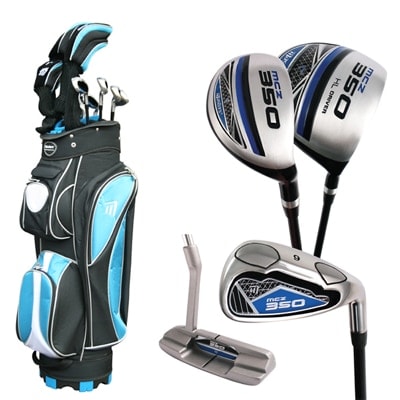
While the weight of the club head and the grip play a vital role, the weight of the shaft impacts the game as it involves a lot of variations that may significantly alter the swing plane of the golfer.
Steel Shaft
Steel can anytime weigh in the range of 70 to 140 grams.
While steel shafts are heavier, skilled players with higher swing speed and tempo opt for these as they get greater control of the game.
However, for a mid and high handicap player whose swings speed is not faster, the steel club won’t achieve the desired impact leading to low ball flight.
The ball may also fly left or right in the air losing its distance and accuracy.
Graphite Shaft
In comparison, graphite would range between 60 and 70 grams. The lighter graphite shaft helps the golfer get a good swing, even if his swing speed is low.
It also generates a greater force between the iron and the golf ball and gives straighter hits, thus improving the trajectory and accuracy.
Quick Fact
In 2018, Nippon launched its new NS Pro Zelos 6 Steel shaft at 68.5 grams, the lightest steel shaft equalling a standard graphite shaft in terms of weight. Endless Possibilities? Surely!
Vibrations – The feel-good factor or the pain?
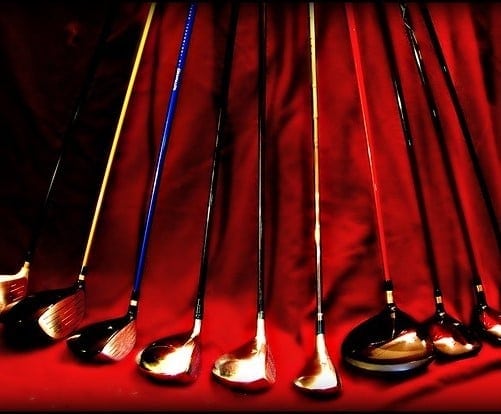
For some, vibrations provide the feel after hitting the ball, while for some; it can aggravate the pain in the wrists.
Steel Shaft
A steel shaft reverberates at impact and sends vibrations up the shaft to the golfer’s hand.
The vibration may be stronger if the golfer hits the area off the sweet spot, or, the center of gravity of the club face.
This may leave a stinging sensation in the golfer’s hand after a mishit.
The rigidity and heaviness of the iron also result in irritation for aged players and those who suffer from health conditions in their hands.
Graphite Shaft
Graphite absorbs vibration, while steel can’t. Even if a golfer mishits the ball, the shaft won’t produce the vibration for the golfer.
Some Professionals have termed vibration as ‘feedback’ which they need after hitting the ball to get greater control of the clubhead.
While steel shafts provide that crisp feel or feedback to the player, graphite shafts provide a damp or muted sensation that may aid players suffering from arthritis but maybe resented by some pro-golfers.
Quick Fact
While graphite wins over steel, nowadays, Vibration dampening inserts are available for steel shafts that reduce vibration. One example is SensiCore Inserts that reduce vibration by 70% compared to regular steel shafts.
Apart from these, grips are available that absorb much of the shock and sensation that results from using steel shafts.
Cost of the Club – Are you spending more on an already expensive game?

The only change the manufacturer makes to it is the length and the diameter of the shaft girth.
Rest all remains pretty much consistent.
Whereas, graphite shafts are manufactured using multiple layers of carbon fiber held together by resin.
These layers of fiber and resin are good in stiffness and strength which gives more avenues for designers to consider.
To hold all the successive layers in place, a thin wrap of cellophane is wrapped over the shaft.
The entire manufacturing process adds to the cost, due to which graphite shafts are expensive than steel shafts.
Golfers need to consider the cost factor while purchasing the shafts. While graphite shafts provide good swing, a golfer should spend the extra bucks on the shaft only if it fits his play.
Clearing the Misconception

And Graphite shafts were to be used by high-handicapped and recreational golfers due to their lesser weight.
The basic reason people preferred Steel shaft iron was that they were inexpensive, have low maintenance and have been used by golfers for more than six decades.
However, graphite shafts have brought up a thunderstorm in the golf world.
So much so, that now even professional tour champions use graphite clubs in their bags.
Closing Thoughts – Which one is right for you?
Following is a quick recap of our analysis:
- If you are looking for a great solid feel, then the steel shaft is best for you
- If you are looking for comfort and easy hit, then the graphite is suited for you
- If you are after durability, steel is the best option
- If you have a strong swing, look out for the steel shaft, whereas if you are looking for an easy swing with a lighter shaft, go for graphite
- If you want a good ‘feedback’ or feel after the shot, steel is your best club
- If you looking for a smooth shot, pick up the graphite
- If you are a low handicapper, steel is your best choice as your ball distance is already near perfect
- If you are a mid or high handicap, graphite is preferable as it gives greater ball distance
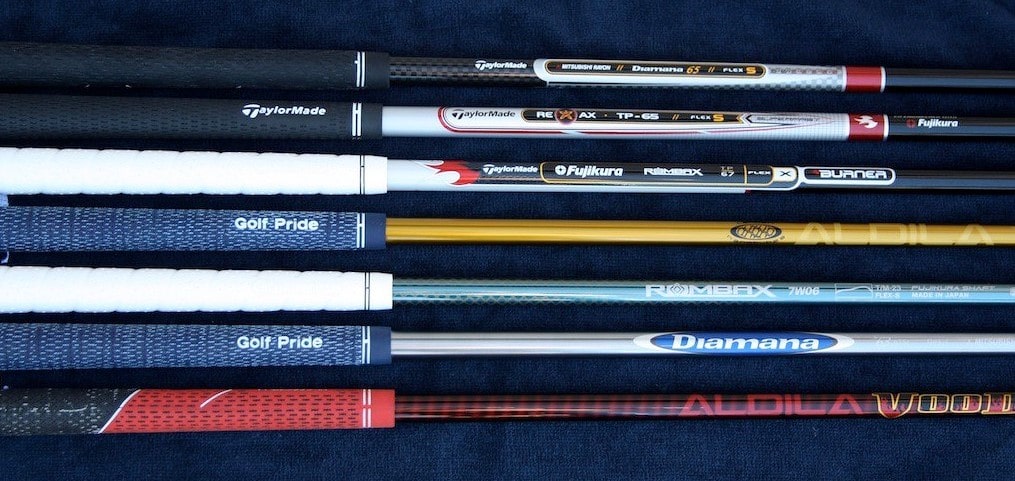
Selecting the best type of shaft depends upon the type of swing that a golfer has. Each golfer has a different level of handicap, which means every approach to one’s game is different.
With every new approach comes a different swing. Since the shaft plays an important role in directing the game, the swing style effectively dictates the type of shaft.
While both shafts have their own pros and cons, each golfer needs to visit the store and try to measure his shots with both types of shafts. This will help him to know the burning question among golfers – graphite or steel?
